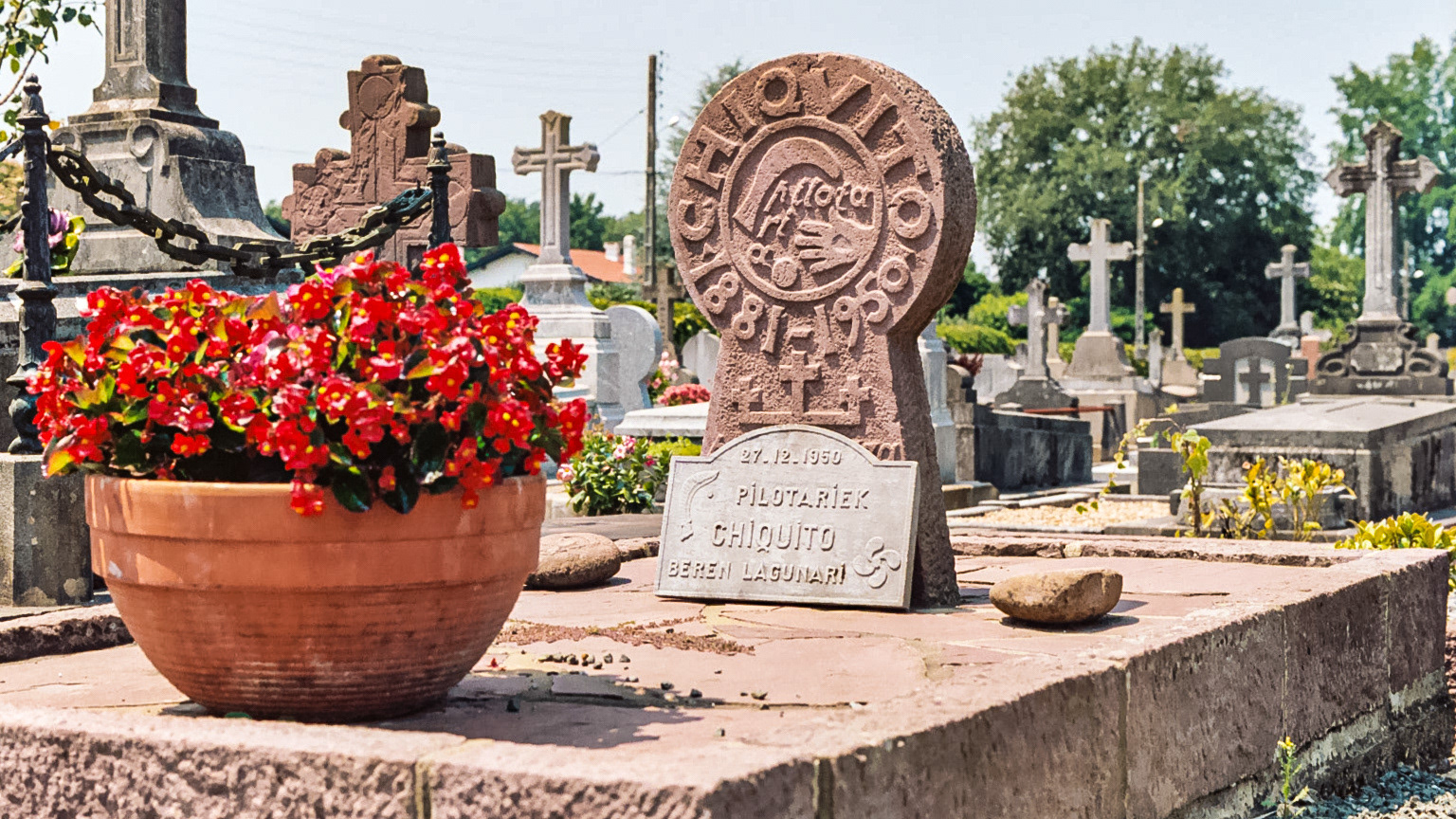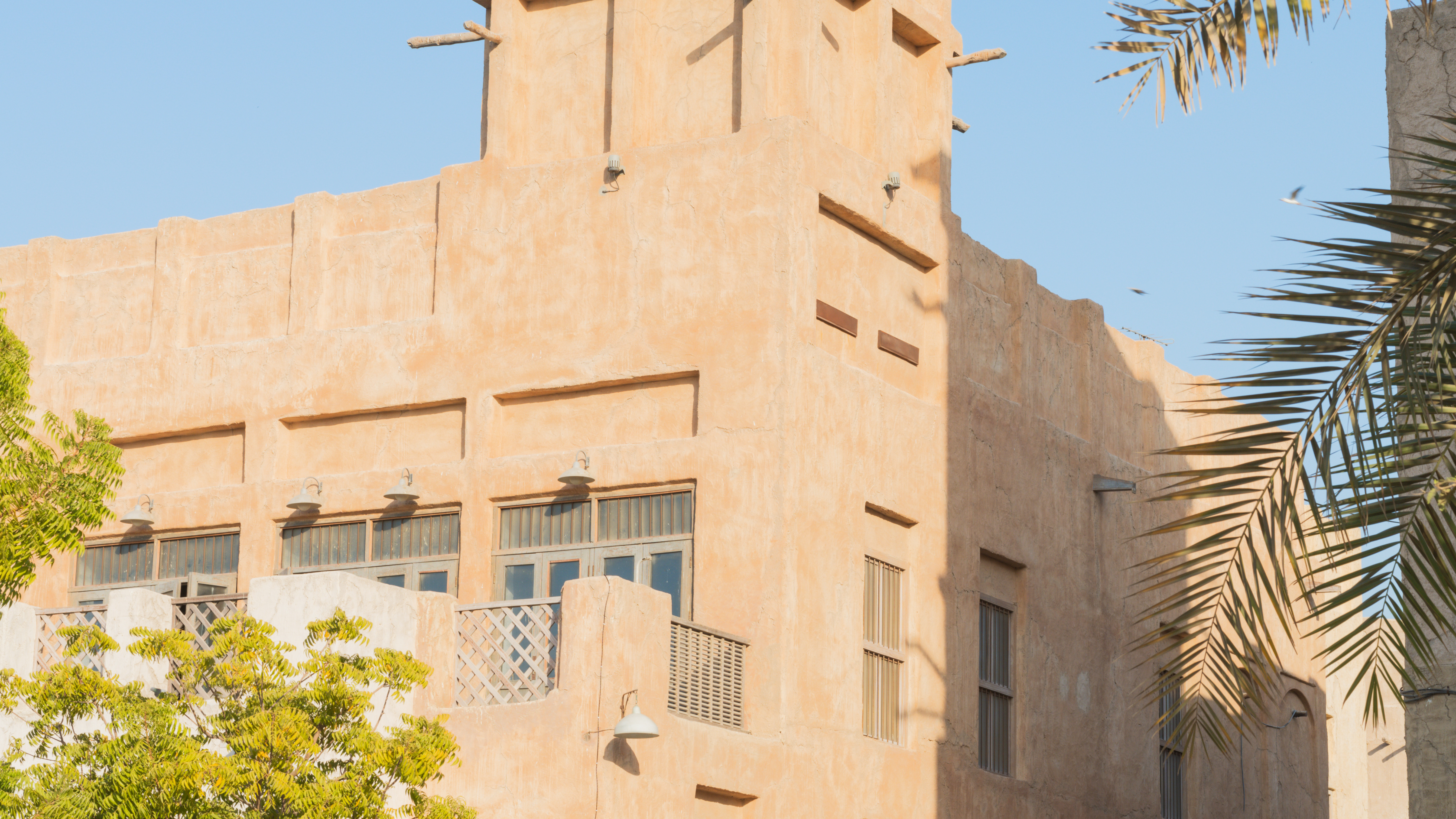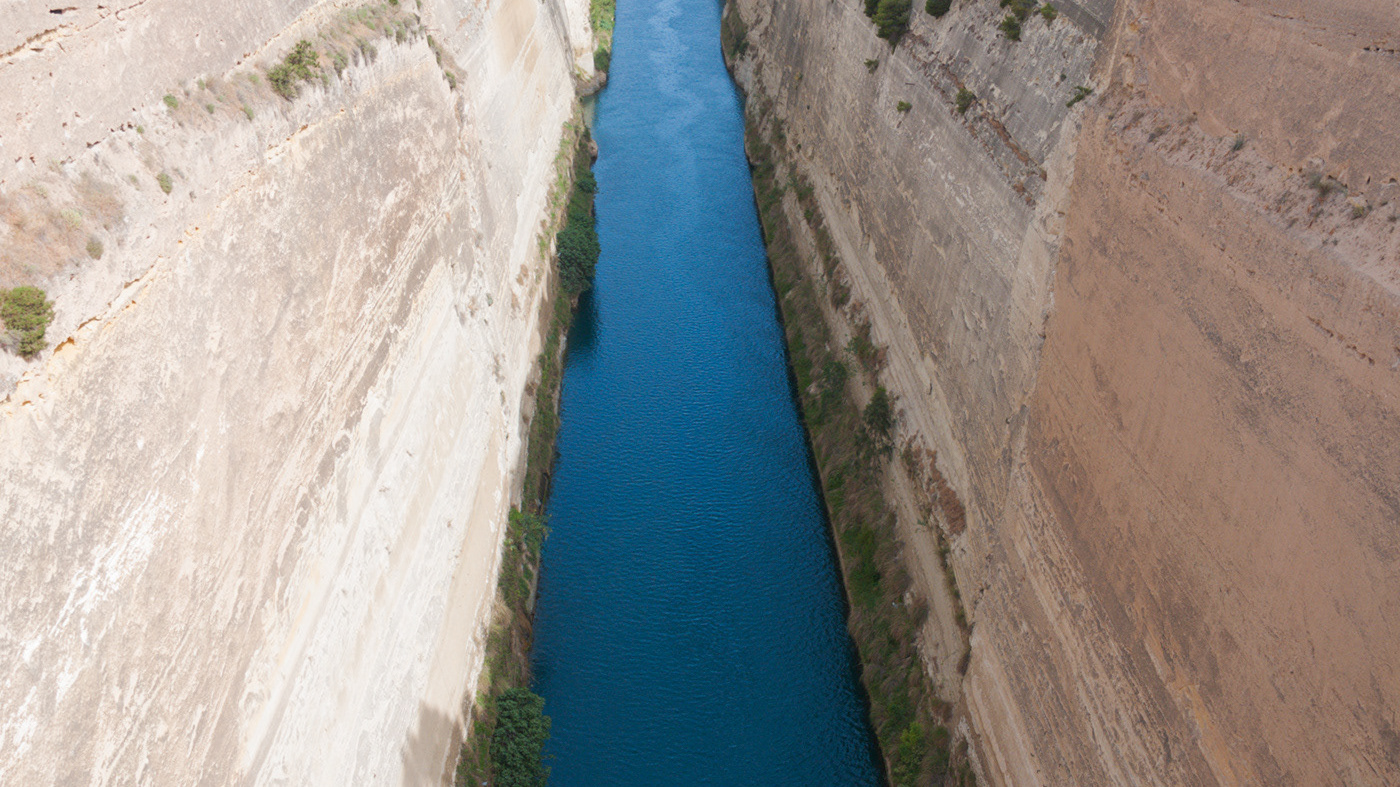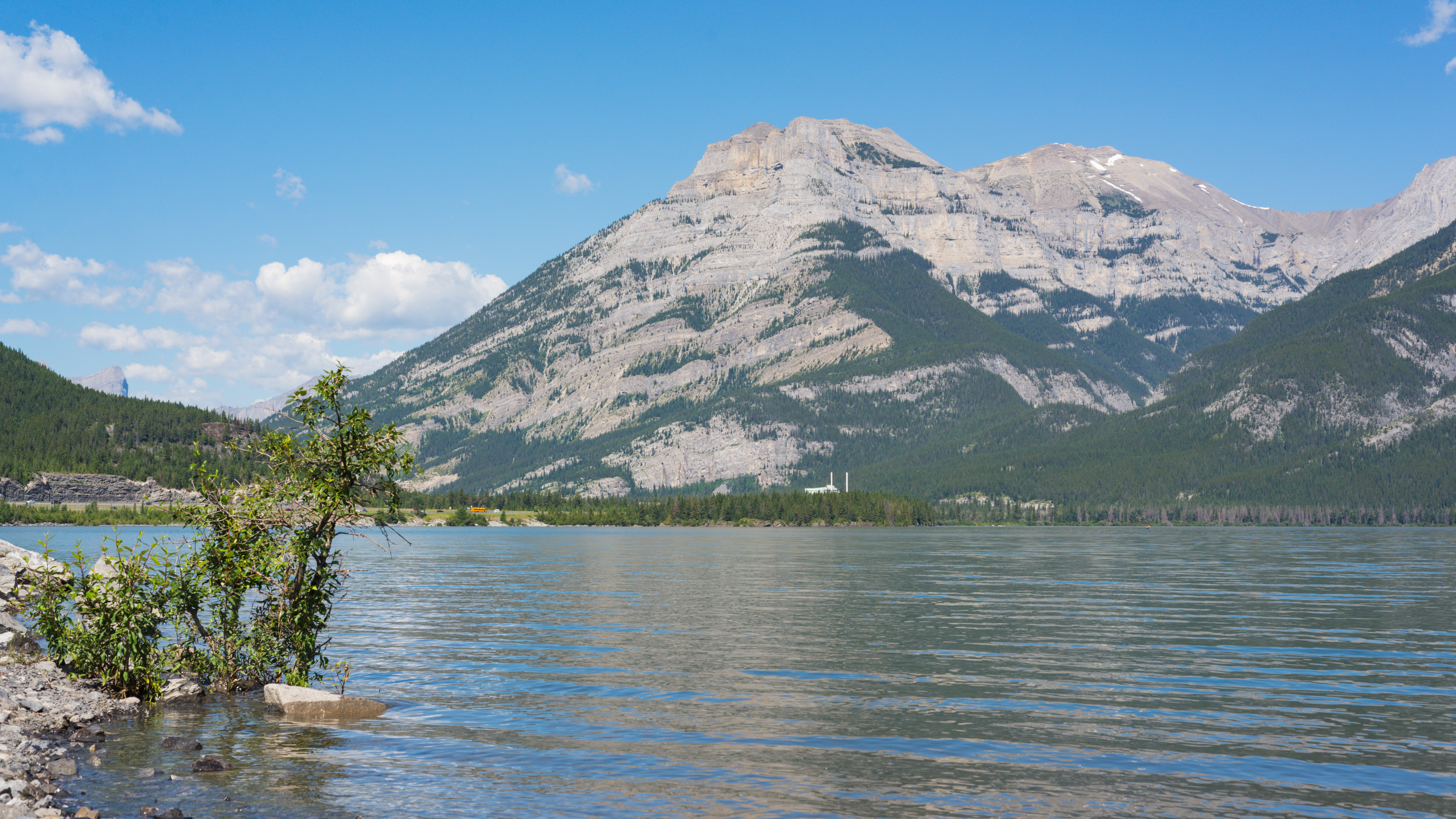Mongolian shepherds raise livestock, such as sheep, goats, horses, and yaks, are a vital part of Mongolia's economy and culture, and have been for centuries. Shepherding is an important profession in Mongolia, and many families depend on it for their livelihood.
Mongolian shepherds live in traditional nomadic homes called gers, which are portable tents made from felt and wood. They move with their livestock to different grazing areas depending on the season and availability of pasture. Shepherds also use trained hunting eagles to help them hunt for food, as falconry is a traditional practice in Mongolia.
The life of a Mongolian shepherd is often challenging, as they face harsh weather conditions, such as extreme cold and high winds during the winter months. They also must protect their livestock from predators such as wolves, which are common in Mongolia.
Despite the challenges, being a Mongolian shepherd is also a source of pride and cultural identity. Shepherds are known for their deep knowledge of the land and animals they tend to, and their skills and traditions have been passed down through generations. Many Mongolian shepherds also participate in traditional festivals and celebrations, where they showcase their horsemanship and falconry skills.
Tourists can visit Mongolian nomadic families and learn more about the life of Mongolian shepherds through various tour companies and programs. These visits often include experiences such as staying in a ger, riding horses, and learning about traditional customs and crafts.
Photography: Walter Somers
in collaboration with High Asia Tours and Far & High









